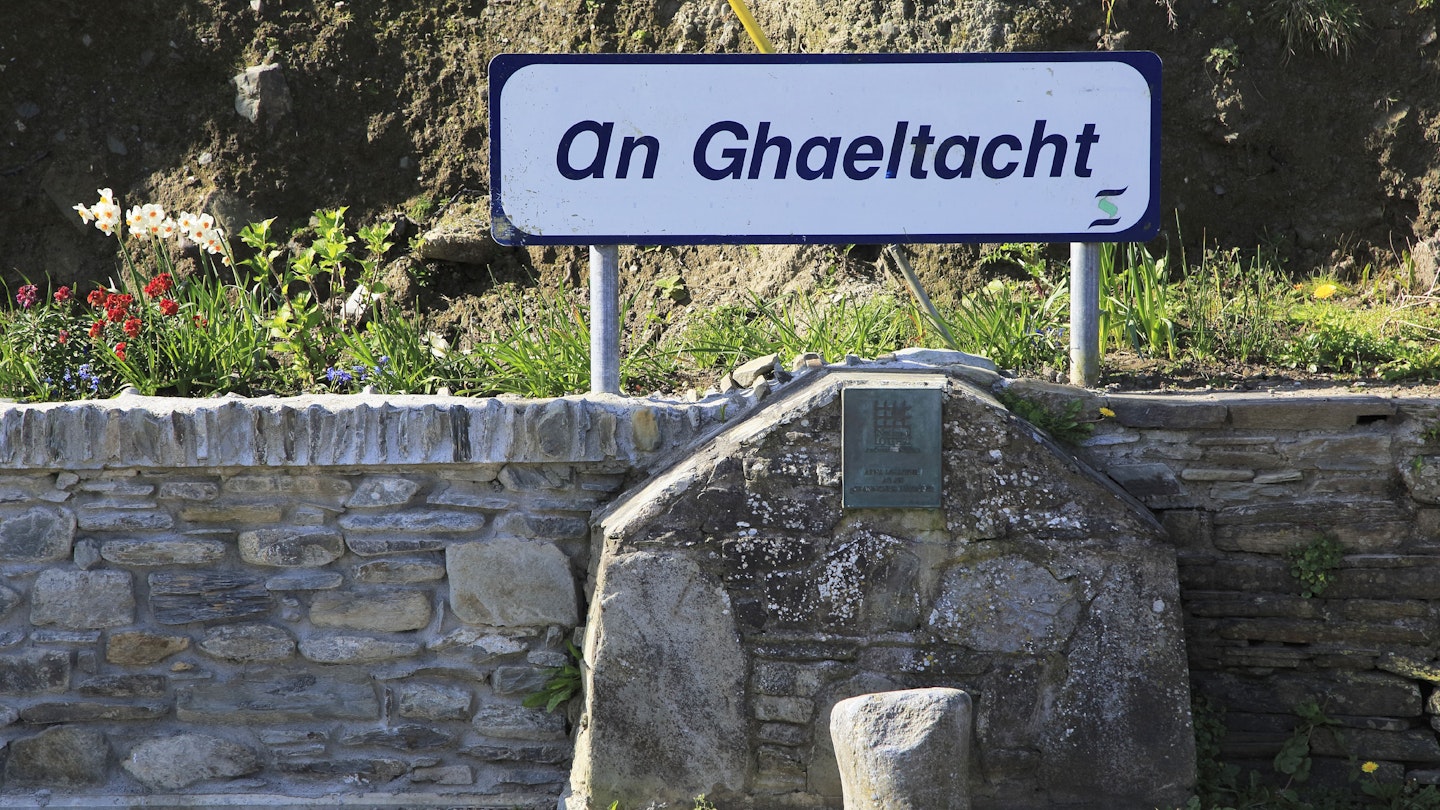Learning Gaeilge: A Connection to Irish Identity
Twenty years ago, before my first trip to Ireland, I began the list of the things I would need – not my many material necessities, but with my one immaterial hope: language, the Irish language, Gaeilge.
As a twenty-four-year-old graduate student, I needed a second language for my PhD and chose Gaeilge. Although I am Irish-American, my Irishness was defined by my name, Kerry, my Catholic school education, and my celebration of St. Patrick’s Day. My dissertation advisor, friends, and family often asked, “When will you ever need Irish?” It seemed an impractical course of study. Out of 4.2 million Irish citizens, only 1.7 million speak Gaeilge, and only 73,803 do so daily in Gaeltacht communities.
Despite the quaint charm of learning Gaeilge, I found myself bewildered by its intricate grammar rules – nouns declined for number and case, verbs that followed different order patterns, and the entire melody of the language that felt almost musical. As I listened to language tapes or traditional music, an inexplicable ache emerged, as if those lilting sounds were part of my DNA.
After a year of diligent study, I could translate a few easy sentences from Gaeilge but struggled with basic phrases. Consequently, I set my hopes aside.
Fast forward twenty years later, I arrived in Limerick, determined to learn Irish or at least cupla focal (a few words). Limerick, though often overshadowed by Dublin or Galway in tourist itineraries, has a rich history, surviving various invasions, and displaying resilience. My familial ties inevitably drew me to this city.
I began attending Irish mass at St. Michael’s church not just for spiritual growth but for the language. An elderly gentleman welcomed me warmly, saying, “We welcome you home.”
Additionally, I started lessons with a tutor, Dónal O’Ceallaigh. The conversations we shared went beyond mere vocabulary; it became an intimate exploration of language and culture. As we interacted, I began to perceive Gaeilge as an incantation binding past and present.
Dónal taught me the restorative power of Gaeilge, enriching my understanding of familiar places through their Irish names. He insisted that learning the language was a journey of personal connection to identity, inspired by my great-grandmother who once walked these streets.
Each lesson felt alive with possibilities. Dónal read poems by renowned Irish poets, embedding our discussions in the essence of Irish heritage. With every interaction, I could hear my great-grandmother’s legacy resonating through the language.
Through rigorous yet joyous practice, I felt the circuitry of Gaeilge connect in my mind and heart. I realized that language isn’t just a means of communication, but a living bridge to connections with those who came before us, to identity, and to culture.
Today, I continue my journey with Gaeilge through various resources. My dog Connor listens patiently as I practice. This spirited connection enriches my life as I reflect on the profound ties of language to homeland and legacy.
As I nurture my relationship with the language, I also reflect on the words of my tutor: “Write again and with love, my love, my darling.” I embrace each learning moment and strive to honor the voices of my ancestors through the vibrant resonance of Gaeilge.




